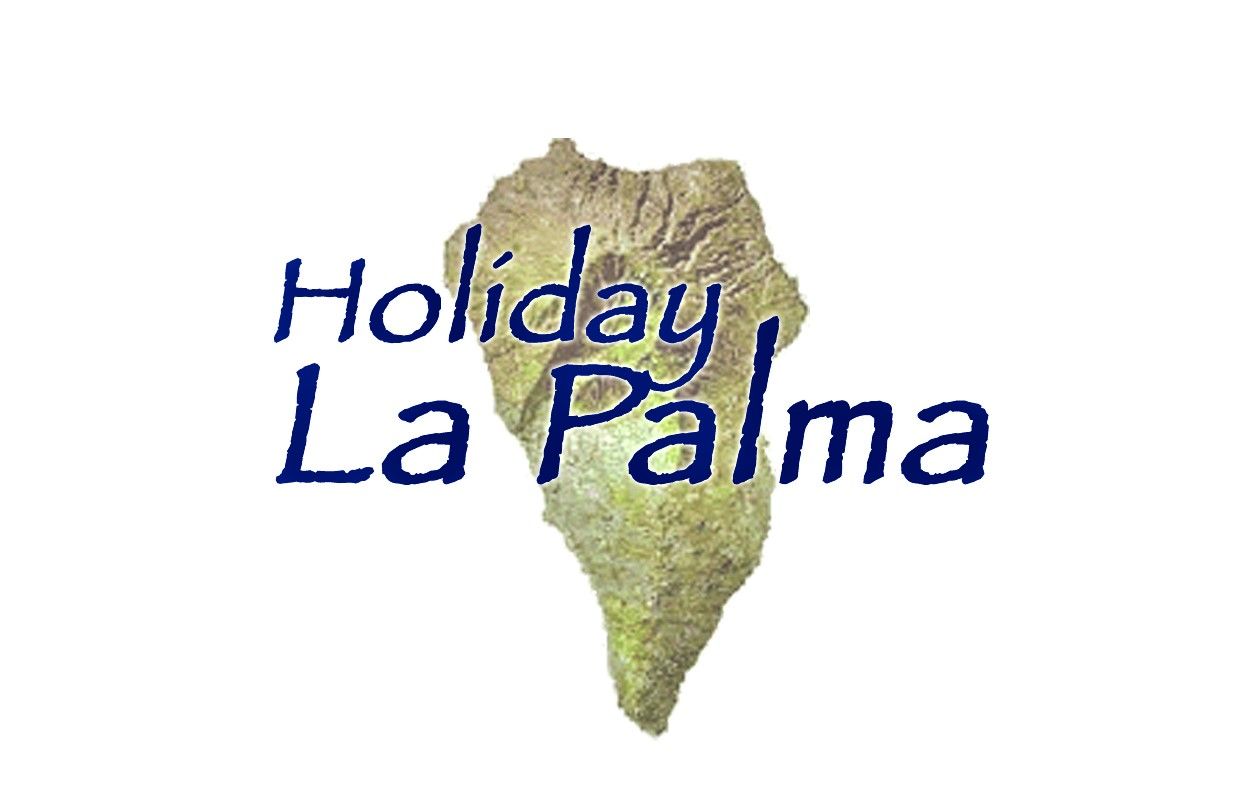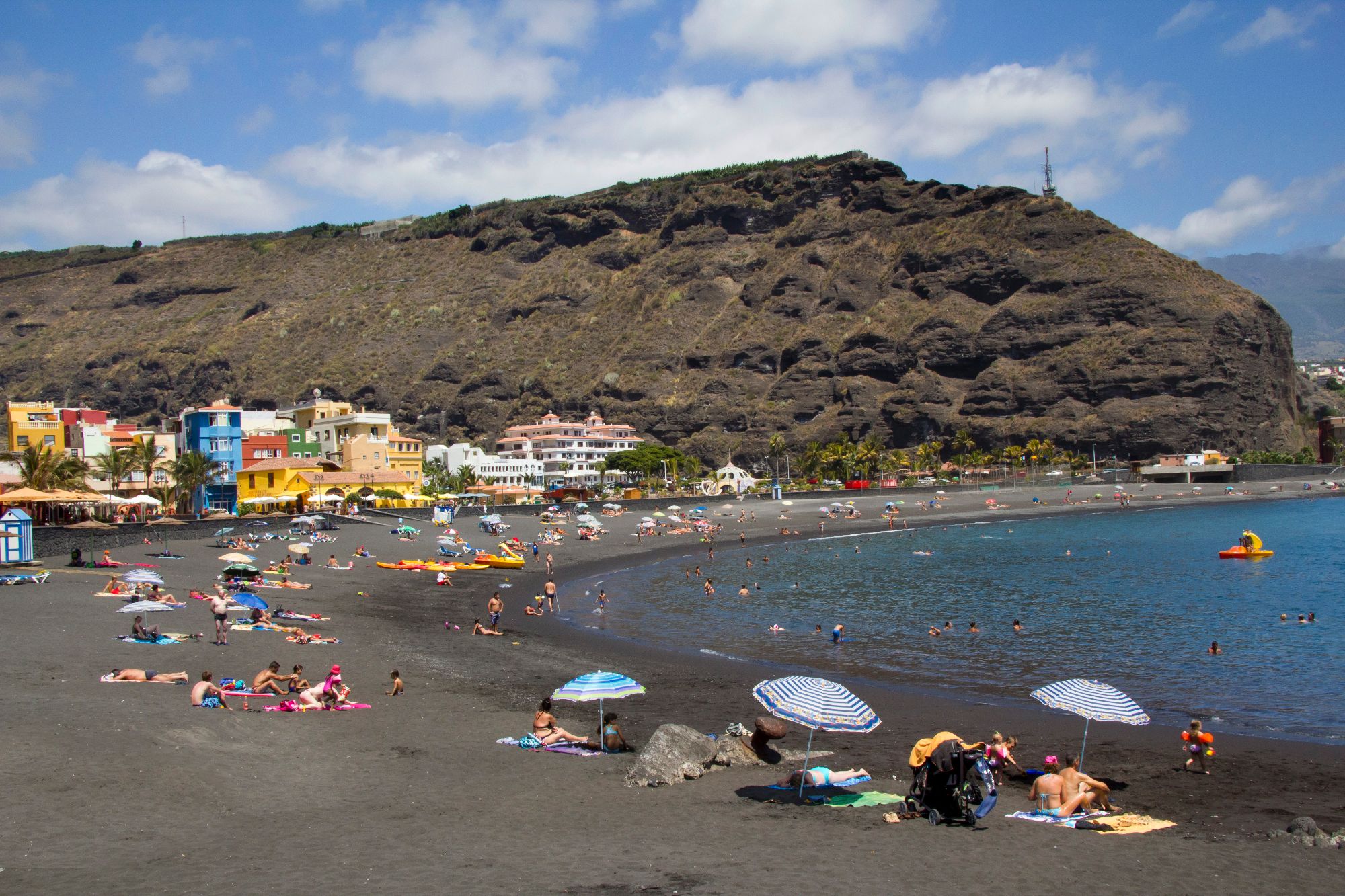About La Palma, Canary Islands
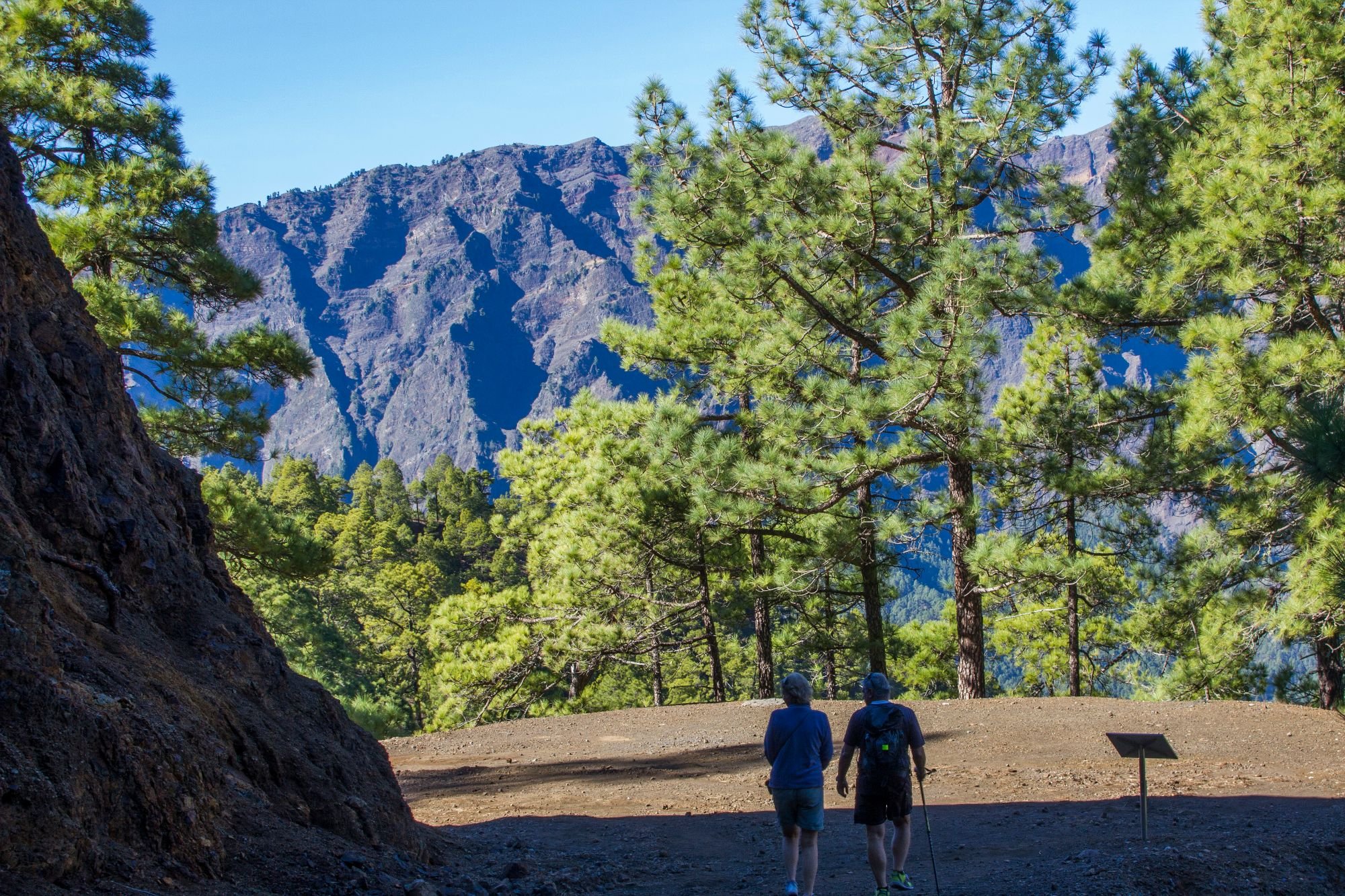
La Palma is an island of astonishing beauty, there is no doubt about it! Often called a Jewel in the Atlantic, if you have never been to La Palma, you have a wonderful experience waiting to greet you.
From lovely sand beaches to laurisilva forests, from cobbled streets to volcanic craters and azure seas to mountain ridges, La Palma will entrance you with its beauty. Little wonder that UNESCO granted the entire island of La Palma the status of Biosphere Reserve.
And yes, there is plenty to do!
The island of Santa Cruz de La Palma is one of the smaller and less-well known of the Canary Islands. It has a total population of fewer than 100,000, an area of 706 sq. km and is said to be the most mountainous island in the world for its size. The weather on La Palma is generally excellent as it has a temperate climate with average temperatures ranging between 15 and 25 degrees.
So what can you expect to find on La Palma? You might be pleased to know that here on La Palma there are no large water parks, mock castles, golf courses or exuberant night life. In short, no mass tourism.
History and Culture
The capital city of Santa Cruz de La Palma, founded in 1493, oozes history from every cobbled street and courtyard. A stroll along its main street will reveal elegant 17th and 18th century mansions, whilst fishermen's cottages lay tucked away in side streets and quaint shops jostle shoulders with each other or spring up where you least expect them.
Around the Plaza de España in the heart of Santa Cruz de La Palma, there are an abundance of historic buildings dating from around 1559 - the French pirate Françoise Le Clerc (AKA 'Peg Leg') having sacked the city in 1553. And of course the numerous flower-festooned balconies so iconic of La Palma.
With its own snazzy marina and beaches, Santa Cruz de la Palma is well worth exploring, pausing a while to enjoy a coffee or freshly squeezed orange juice at one of the pretty plazas.
Around the rest of La Palma, you will also find plenty of history with cobbled streets in many towns and villages plus beautiful churches dating from the 16th century, some of which house valuable Flemish artwork. By contrast, in the north of La Palma, you will find colonies of caves where people lived until the 50's and also small stone dwellings with simple wooden roofs.
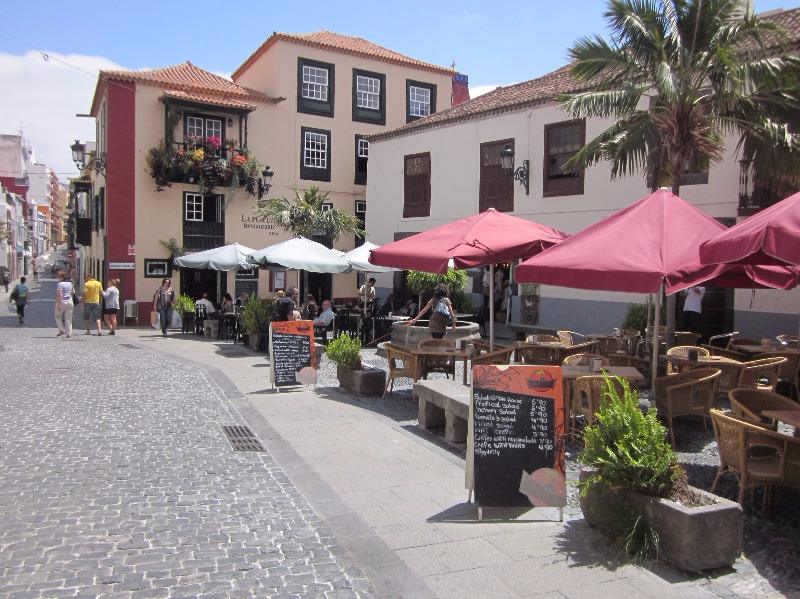
WALKING AND TREKKING ON LA PALMA
La Palma is a paradise for casual walking, serious trekking and all points in between! Rugged ravines, ancient donkey tracks, banana plantations, woodland walks, hidden hamlets and the chance to discover caves and natural springs of fresh mountain water are waiting for you.
Great walks include the GR131 Volcano Route, the Caldera de Taburiente at the heart of the island, La Cumbrecita - a little walk with big rewards, Marcos y Cordero with tunnels and natural springs and the Roque de Muchachos at 2426m above sea level, the top of the island along with the Observatories.
The longest walk on La Palma is the 8-day trek on the GR130 Camino Real - an amazing experience! We arrange all types of walking holidays: You can contact us here!
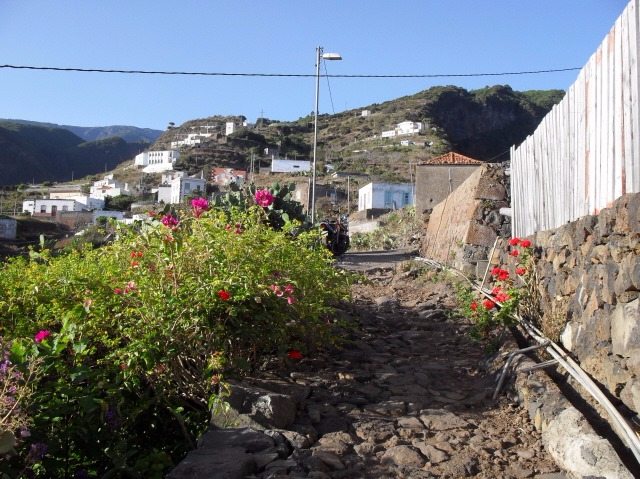
SWIMMING AND BEACHES
La Palma has 3 main tourist resorts - Los Cancajos, Tazacorte and Puerto Naos - each with fantastic sand beaches. But there are many other brilliant beaches too including the Playa de Santa Cruz which runs almost the whole length of the city, Playa Bajamar, Santa Cruz (2km south of Santa Cruz), Plays Nogales (Puntallana), Playa Puerto de Espindola (San Andres y Sauces), Playa Nueva and Playa de Charco Verde (both south of Puerto Naos, Playa de los Guirres (north of Puerto Naos), Playa del Faro (Fuencaliente) and Playa Enchentive (south west Fuencaliente).
All of the beaches are of natural, black sand which holds its heat and glitters in the sun.
In addition to the beaches, there are sea pools which are great for swimming such as Charco Azul (San Andres) and La Fajana de Barlovento. And some intruiging sandy coves off the beaten track.
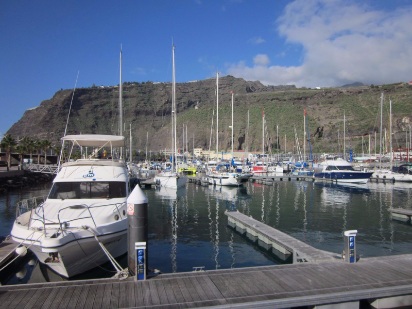
WATER SPORTS
Whether it is swimming, snorkelling or SCUBA diving, the waters around La Palma are incredibly clear and offer some wonderful opportunities to get wet.
At Tazacorte there are a whole selection of boats to take you out to sea and look out for dolphins and even whales. Check out our page About Tazacorte.
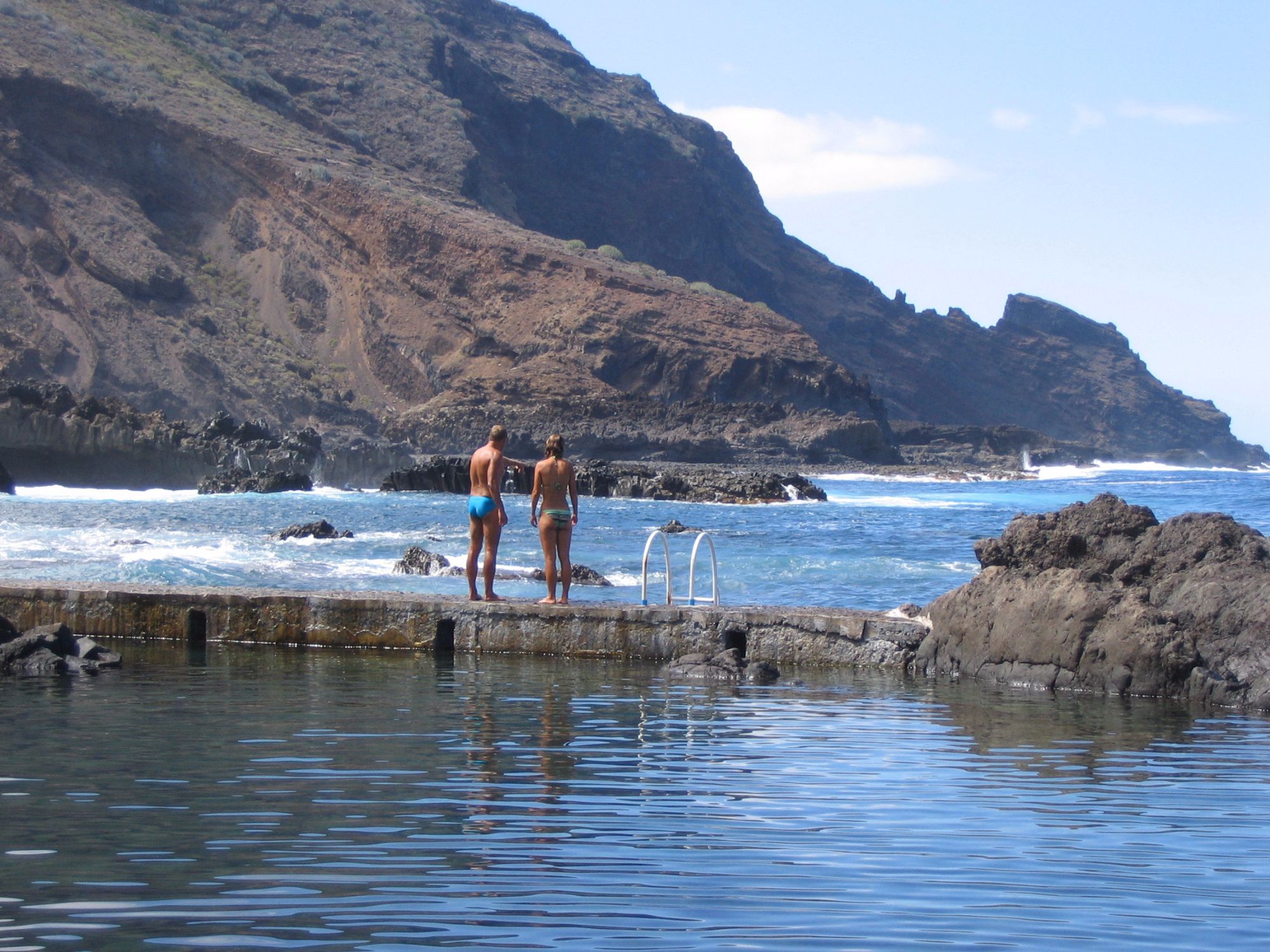
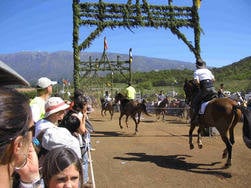
FIESTAS
As they say on La Palma, 'Let's have a fiesta. But first we must eat and drink!'
As you would imagine a small island cast adrift from mainland life, La Palma is steeped in ancient traditions, mysterious legends and curious customs.
None lesser than fiestas!
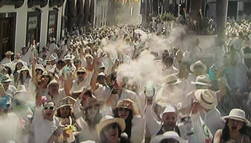
During the weekends of the summer months, a fiesta can be found somewhere on the island and everyone is free to join in. It's a celebration of life - from all ages. The smaller, village fiestas usually consist of live music, one or more bars which also serve food and plenty of dancing. The larger fiestas are often multi-day occasions with several different bands taking turns to play on centre stage, impromptu bands, wonderful costumes, parades and dancing through the night added to which there are side events such as rally car or horse racing - and then there is the main event! Palmerans are hugely supportive of fiestas and throw themselves whole-heartedly into the spirit of it, all with excellent good humour and fun. And of course it’s not confined to Summer or weekends …
Find out more about fiestas on La Palma!
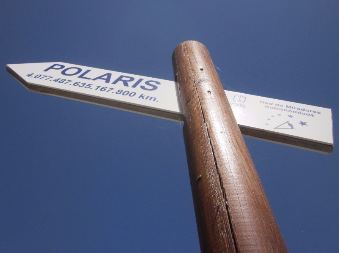
ASTRONOMY
With negligible air or light pollution, La Palma has some of the clearest skies in the world. In fact, La Palma more than competes on the world stage of astronomy as it is home to the third most important observatories in the world after Hawaii and Chile. And now the skies of La Palma are protected by the Sky Law. Even if you are not at all interested in astronomy, the starry nights on La Palma will amaze you with a free celestial show.
During the day, you can drive right up to the top of the island, the Roque de Muchachos where the observatories are located, to look at the observatories from the outside as well as take a walk along a section of the GR131 and to one of the viewpoints overlooking the Caldera. It is also possible to book on a day-time guided tour to see the inside of the observatories (pre-booked only). Click here for details and application form.
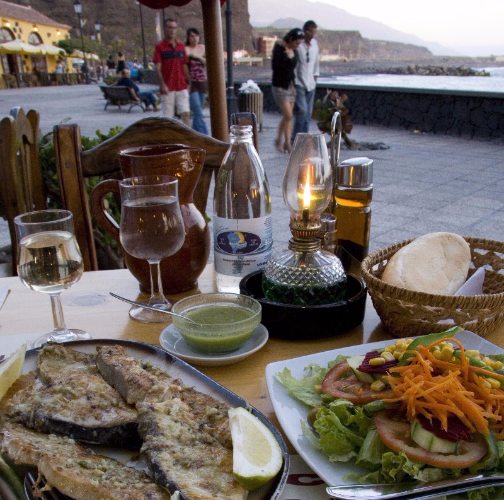
LA PALMA RESTAURANTS AND TYPICAL FOOD
With only one fast food chain on the whole island, La Palma retains its special traditional dishes which are served in restaurants around the island. Sample smoked goat cheese from the mountains, try the Papas Arrugadas - small Canarian potatoes cooked by steaming and simmering in sea water, taste the fresh fish from the morning's catch or home grown pork roasted on an open fire and served with delicious mojo sauce made from hot peppers, wild garlic and herbs.
You might just be hooked on island food for life!
Archaeology
To quote from UNESCO themselves, 'It (La Palma) not only encompasses a wealth of archaeological sites including some of the best engravings to be found in the Canary islands like Cueva Belmaco and La Zarza, but it also represents the survival of a cultural legacy based on the mixture of Afro-American and European currents, which have given way to the peculiarity of La Palma.'
La Zarza in the north is a small museum depicting how life on La Palma has evolved through the ages, plus a fascinating circular walk within the park with caves and cave etchings.
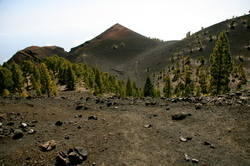
VOLCANOES
La Palma, like the other Canary Islands, is volcanic in origin with La Palma being one of the youngest islands at only 2 million years old. In the north, the ancient eruptions have created the wild and rugged landscape that we see today.
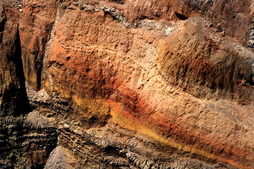
The last volcano, Teneguia, erupted in the south of La Palma as recently as 1971 and apart from the famous Volcano Route (part of the GR131El Baston) there is a Visitor's Centre for the San Antonio volcano, with a walk along the rim of the volcano. However, solidified lava can be found all over the island and is fascinating in its different forms from pillow lava, ropey lava and hurt-your-feet lava.
From the 1949 San Juan volcanic eruption, a lave tube of nearly 500m was formed. Approximately 3m high and between 1 and 6 metres high, group guided tours are now available to see the amazing geological formations - ask us for details!
In terms of geology, there is nothing more impressive on La Palma than the mighty Caldera de Taburiente but fascinating strata can be seen even from the car as rock has been cut to away to allow for road construction. So you even get to enjoy the geology of La Palma while driving around the island!
